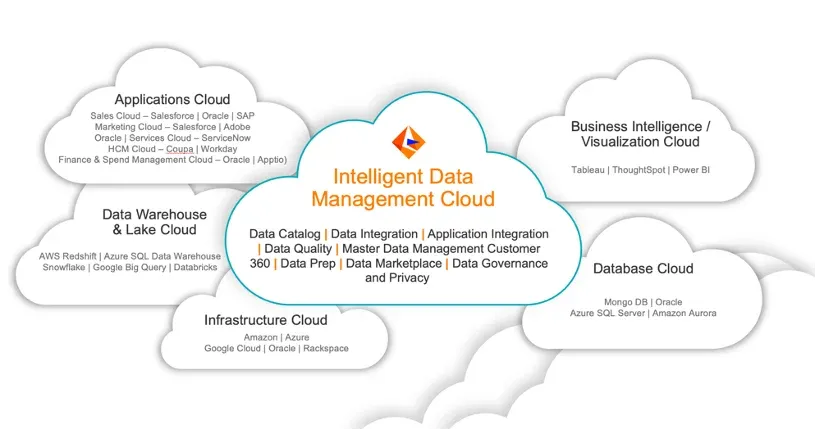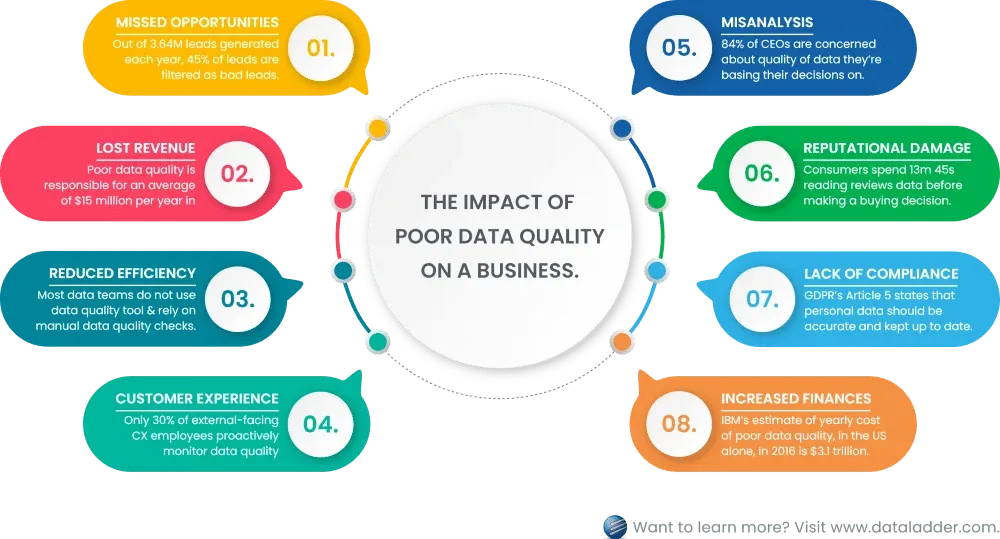Data governance is critical for organizations aiming to ensure data quality, security, and compliance. Informatica’s Intelligent Data Platform (IDP) provides an end-to-end solution for implementing effective data governance by leveraging automation, AI-driven insights, and policy enforcement mechanisms.
This article will guide technical professionals through the key steps of implementing a robust data governance framework using Informatica’s Intelligent Data Platform.
Informatica’s Intelligent Data Platform (IDP)

Informatica’s IDP is a comprehensive suite designed to manage, integrate, and govern data. It includes components such as:
-
Axon Data Governance – For collaborative governance framework and policy management.
-
Data Quality (IDQ) – For profiling, cleansing, and monitoring data quality.
-
Enterprise Data Catalog (EDC) – For metadata management and data lineage tracking.
-
Informatica Secure@Source – For data security and risk assessment.
-
Data Privacy Management – For compliance with regulations like GDPR and CCPA.
-
MDM (Master Data Management) – For ensuring a single version of truth across enterprise data.
By integrating these components, organizations can establish a unified and scalable data governance strategy.
Step-by-Step Implementation of Data Governance with Informatica IDP
Step 1: Define Data Governance Goals
-
Before deploying Informatica’s IDP, organizations must establish clear governance objectives:
-
Identify critical data assets.
-
Define ownership and stewardship roles.
-
Establish compliance requirements (GDPR, HIPAA, etc.).
-
Define access control policies.
-
Set up key performance indicators (KPIs) to measure governance success.
How Informatica Helps:
Axon Data Governance enables organizations to collaboratively define policies, workflows, and accountability structures.
Step 2: Catalog and Classify Data Assets
A critical step in governance is identifying where data resides and classifying it based on sensitivity and usage.
How Informatica Helps:
-
Enterprise Data Catalog (EDC) automatically scans and indexes metadata across structured and unstructured sources.
-
AI-driven classification tags sensitive data, business glossary terms, and regulatory-relevant assets.
Provides lineage tracking to map data movement across systems.
Step 3: Assess and Improve Data Quality

Poor data quality impacts decision-making, compliance, and operational efficiency. Organizations must assess data integrity, completeness, and consistency.
How Informatica Helps:
-
Informatica Data Quality (IDQ) provides profiling, deduplication, standardization, and enrichment tools.
-
Automated rule-based cleansing ensures data accuracy across sources.
-
Continuous monitoring alerts teams about anomalies.
Step 4: Access Controls and Security Policies
Data governance must include robust security measures to prevent unauthorized access and data breaches.
How Informatica Helps:
-
Secure@Source provides visibility into data risk exposure by analyzing access patterns.
-
Role-Based Access Control (RBAC) ensures only authorized users can access sensitive data.
-
Masking & Encryption features help protect sensitive information in both production and non-production environments.
Step 5: Monitor Compliance
Organizations must continuously track data governance effectiveness and regulatory compliance.
How Informatica Helps:
-
Data Privacy Management automates regulatory reporting and compliance assessments.
-
Audit Trails and dashboards provide real-time compliance insights.
-
Automated alerts notify stakeholders about non-compliant activities.
Step 6: Establish Ongoing Data Governance Operations
Governance is an ongoing process that requires continuous monitoring, refinement, and adaptation.
Best Practices:
-
Establish a Data Governance Council to oversee governance policies.
-
Implement automated workflows for data stewardship and remediation.
-
Continuously train teams on governance best practices and new compliance requirements.
-
Use AI-driven insights from Informatica’s platform to improve governance efficiency over time.
Informatica’s Intelligent Data Platform offers a comprehensive, AI-powered approach to data governance, making it easier for organizations to manage data assets securely and efficiently.
By following a structured implementation approach—defining governance objectives, cataloging data, improving quality, enforcing security, ensuring compliance, and establishing ongoing governance operations—organizations can maximize the value of their data while minimizing risks.







